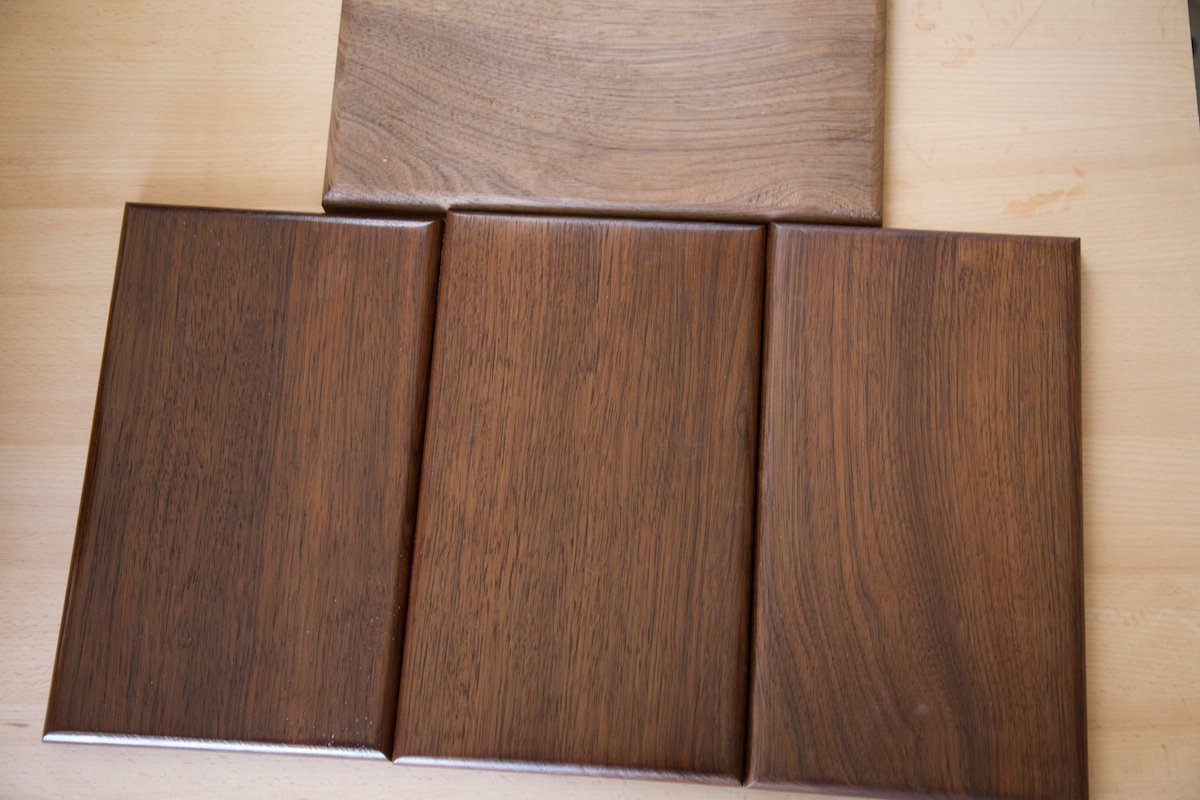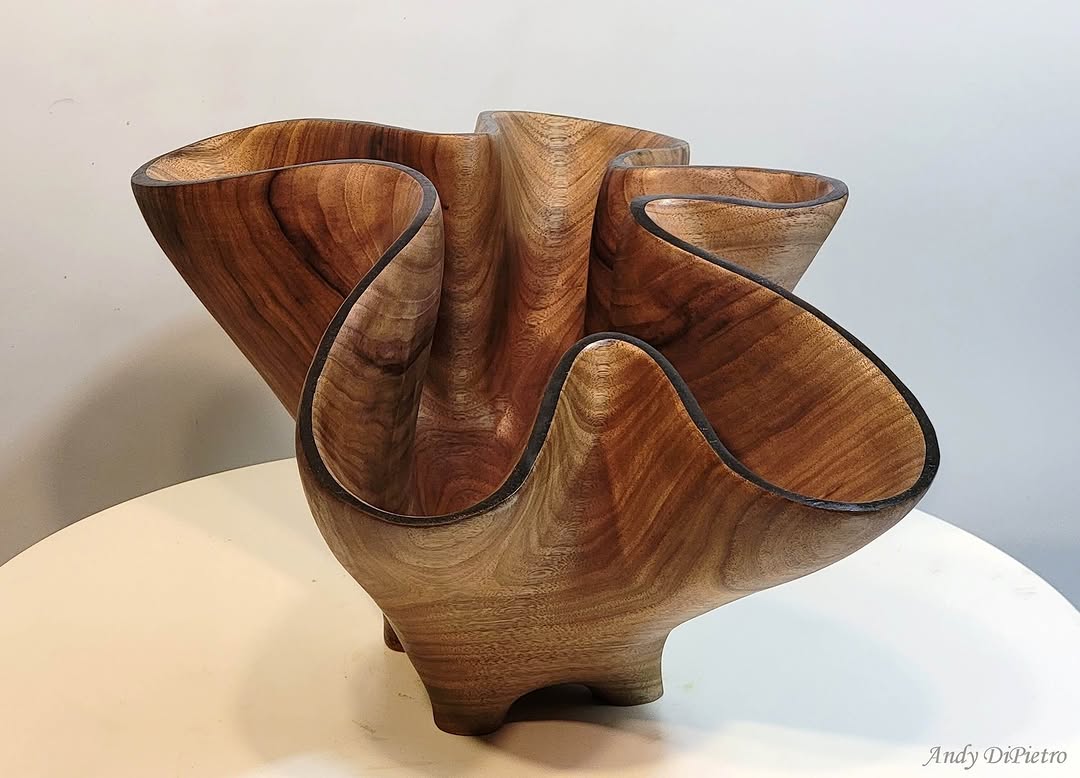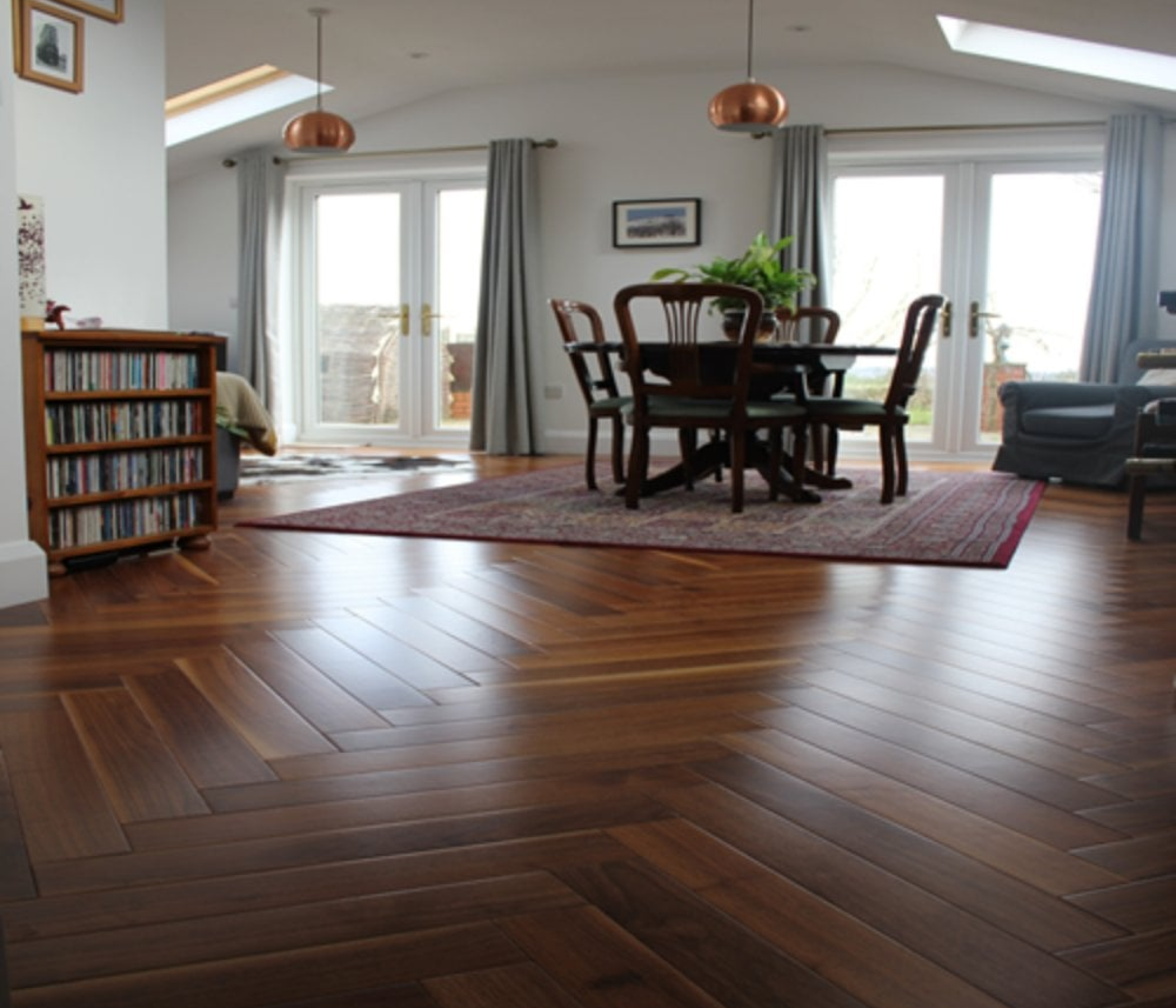Satin Walnut, also known as European Walnut (Juglans regia) or Circassian Walnut, originates primarily from Europe, Western Asia, and parts of the Middle East. It is commonly found in countries such as France, Italy, Turkey, and the United Kingdom. Unlike American Black Walnut, Satin Walnut is known for its lighter, more varied coloration and elegant grain patterns. It is highly valued in fine woodworking, furniture making, and decorative applications.

Quality and Characteristics
Appearance
- Satin Walnut has a light to medium brown color, often with warm golden or grayish tones.
- It features a straight to wavy grain, sometimes displaying beautiful figure patterns such as curl, burl, or crotch grain.
- The wood has a smooth texture with a slight natural sheen, giving it a luxurious appearance.
Durability and Strength
- Satin Walnut is a medium-density hardwood, with a Janka hardness rating of approximately 1,220 lbf (5,430 N), making it softer than American Black Walnut but still durable.
- It is naturally resistant to decay and insects, though not as much as Teak or White Oak.
- While suitable for indoor use, it requires proper finishing if used in high-moisture environments.
Workability
- Satin Walnut is easy to work with, whether cutting, carving, or machining.
- It stains and finishes beautifully, enhancing its natural grain and depth.
- It glues and polishes well, making it ideal for fine furniture and decorative veneers.
Common Uses
- High-end furniture and cabinetry
- Flooring and interior paneling
- Gunstocks and luxury car interiors
- Musical instruments (guitars, pianos, violins)
- Veneers, decorative inlays, and fine woodworking



